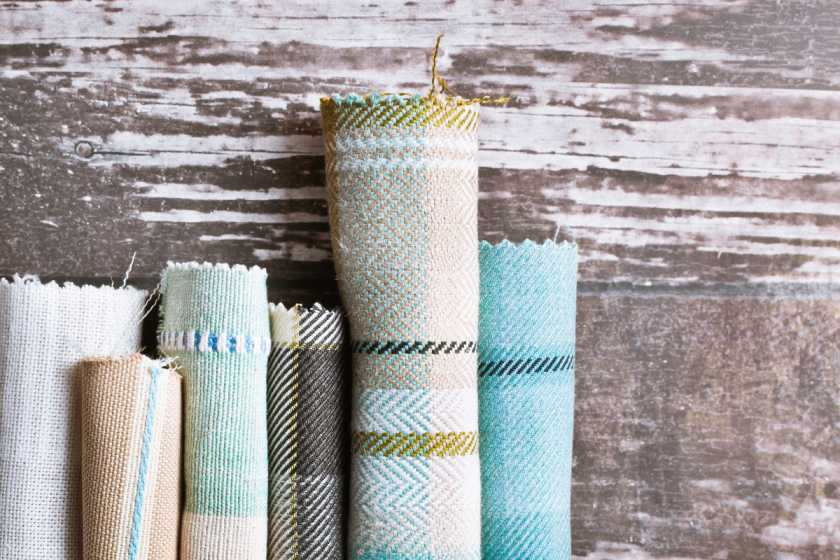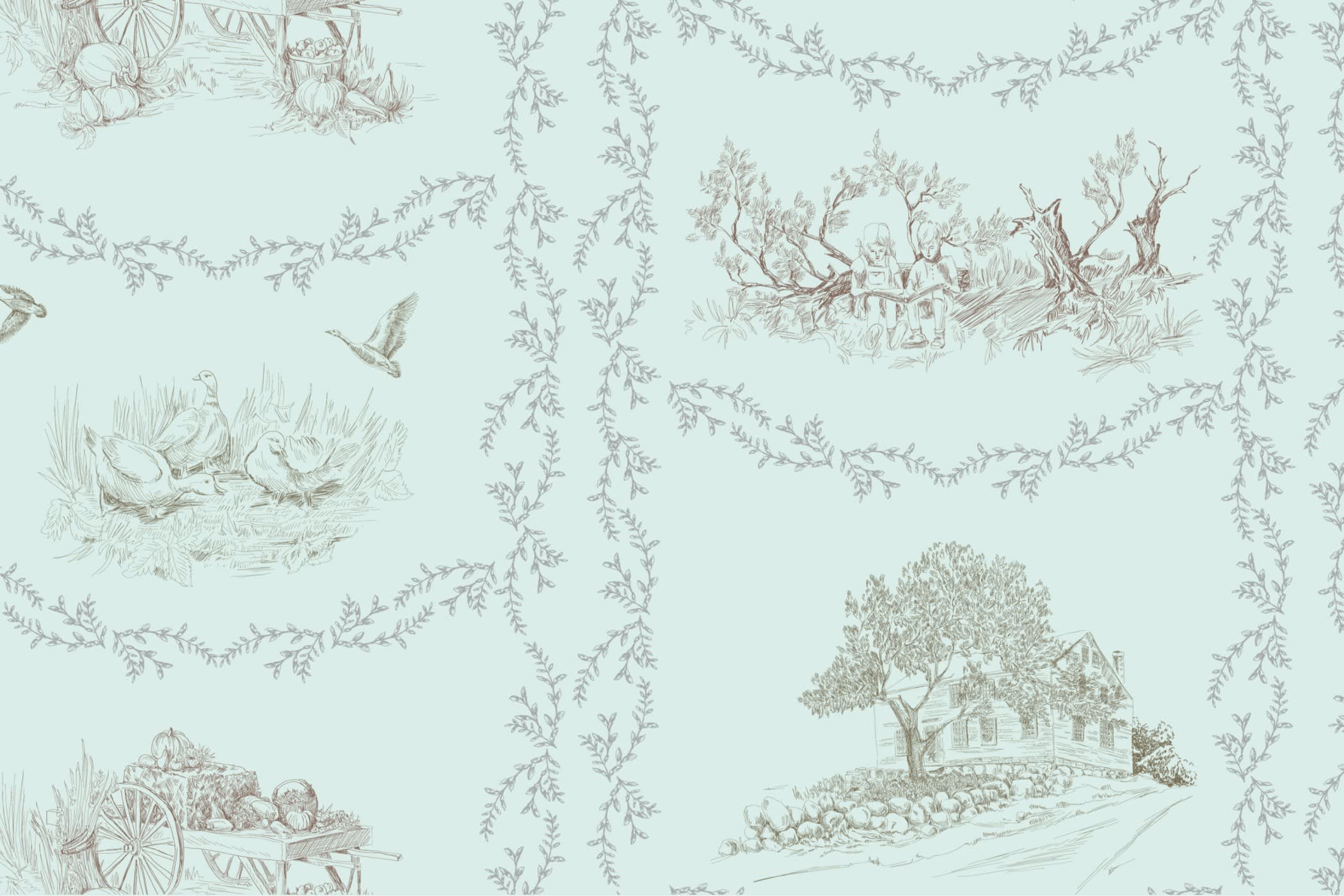The Quickest Way To Source Wholesale Upholstery Fabric



Things to keep in mind while choosing the right upholstery fabric
Natural fabric
Choosing the right fabric in terms of durability is often an important factor while sourcing fabrics for upholstery purposes. Some natural fabrics offer very high durability. Fabrics like leather are often in demand due to their aesthetic as well as functional value. However, it gets tricky with fabrics like silk, which can be very difficult to sustain. Wool, cotton, vinyl, and linen are other natural fabrics to consider due to their durability.
Cost-efficient
While purchasing wholesale upholstery fabric, it is also important to think about numbers. While natural fabrics provide that earthy-chic look, going for synthetic textiles can be easier on the pockets. There is no compromise with time resistance with these fabrics. An even smarter option would be to pick up blended fibers to get an added time and cost incentive.
Durability
What makes a fabric long-lasting? To put it simply, a tight weave gives you dense fabric, while a high thread count ensures the toughness of the product. The type of fabric needs to be kept in mind depending on where the furniture is supposed to go. Outdoor and public furniture will require materials that can sustain wear and tear. The same goes for those that are used on a regular basis.
The look
The aesthetic value of the fabric cannot be compromised in cases of upholstery since it makes for the essence of the space in which it belongs. There are some criteria that one must follow:

- The juxtaposition with bold and neutral colors needs to be consolidated with the size of the space. While bold colors pop in larger areas, neutral colors can be calming in smaller spaces. Thus the color of the fabric needs to be considered according to the type of furniture it belongs to.
- Choosing tried and tested fabrics is a safer bet to go with while buying upholstery material, especially in large quantities. Formal decor warrants a certain type of fabric. The same goes for a casual look. Unnecessary experimentation with the material may sabotage the look of the space.
- While patterns are the braver choice, they can be a dangerous purchase for larger orders. Consider the buyer's needs and demands before selecting patterns and colors for your fabric.
Damage-resistance
Ensure the sustainability of the material in terms of damage. Most furniture goes through a series of stresses and stains. Therefore, the upholstery fabric needs the appropriate level of damage control. Choose fabrics that sustain the least damage in the long run.
With the right fabric in mind, it is time to move on to where one sources fabric from. To make the correct choice, let's understand all the types of suppliers that exist.
Places to source wholesale upholstery fabric
Mill
A mill is an organization where fabrics are processed and made with the use of raw materials. The processes involved in the manufacture of fabrics include weaving, knitting, etc. However, in such places, one might find a minimum order of 1000-5000 yards. These can be quite high for a more economically sustainable purchase.
Converter
For a lower minimum, one can purchase wholesale fabrics from a converter. Usually, a firm that processes raw goods bought directly from the mill, a converter is different due to a larger variety of washes or prints that it offers as compared to mills. They are also updated on current fashion and also offer particular finishes and effects for the choice of fabric.
Jobber
A jobber is a person or firm that flips and sells leftover fabric bought from converters and mills. These have lower minimums than the former option but cannot be reordered. These are best for one-time limited edition pieces.
Wholesalers
Anyone who buys fabric from the seller options given above and distributes to smaller designers or manufacturers can be called a wholesaler. Buying from a wholesaler can be cheaper than purchasing fabric from a retailer that they sell to.
Retailer Stores
last in line are retailers or the stores that we know. These places provide items directly to the customer. Accessibility and touch can be a few positives; however, this is not a good option for buying large quantities as it can be expensive and not cost-efficient.
Even after the supplier is decided, the process is not yet over. There are certain key factors that make up for wise and sustainable sourcing of materials.

1. Location
Most purchases these days are made through the internet. The same goes for wholesale upholstery fabric. Yet, the location of your supplier plays a very important part when it comes to selecting the right wholesaler. There are many things to consider with regards to this.
Having a good and stable connection with the supplier is of utmost significance to running a smooth business. Things such as a difference in timezone, delay in shipping, and hindrance due to customs can seriously sabotage the process.
While India and China are leading exporters of textiles, many companies prefer working with in-house wholesalers. This is due to the challenges posed by choosing suppliers from overseas.
Domestic producers can offer added benefits of visiting the facility as well as a better solution to the off chance of damaged or unfulfilled orders.
2. Where the fabric is sourced
The quality of the wholesale upholstery fabric can make or break your product. Thus, it is important to know where the wholesaler sources the fabric from. Different fabrics are best produced in different regions of the world. Providing fair information on the sourcing of these fabrics is the responsibility of the provider.
The durability of the product, as well as its aesthetic value, is directly related to the quality of the fabric and therefore makes for a very important factor while choosing a distributor.
3. Meeting timelines and working on a time crunch
Ensuring the quality of the delivery of the product is essential to a good wholesaler dynamic. Thus, it is important that the supplier is able to meet deadlines. This can be ensured through good communication as well as the location of the manufacturer.
4. References to other work
It is completely alright to ask for references to a supplier's previous works. Understanding and comparing can help one find the right fit for their needs. These references can also help resolve any future issues, ensuring a smoother process of production.Fashinza is an online marketplace that makes all your sourcing problems come to an end. A B2B organization where one can simply find the answers to all their needs. As easy as clicking a button, Fashinza consorts with various suppliers and wholesalers that can be found on their site. With various criteria kept in mind, one can make the appropriate choice with who best suits their needs.



















